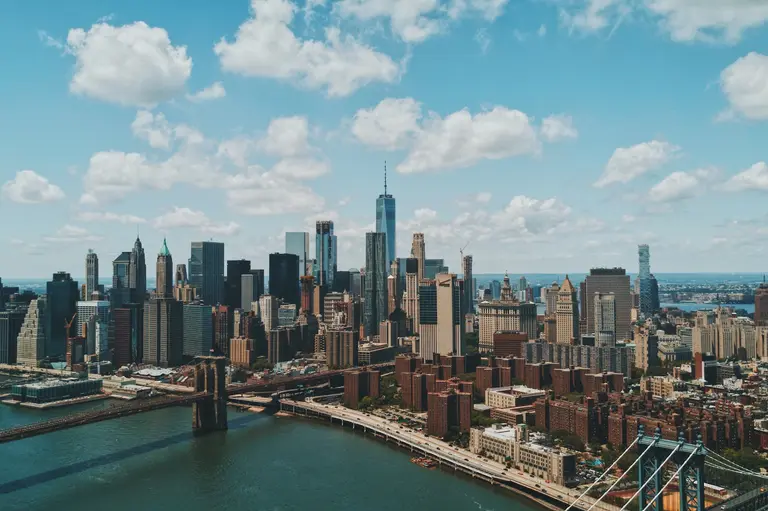MTA stops work on Second Avenue Subway extension after congestion pricing delay

125th Street entrance. Rendering courtesy of the MTA
Work to extend the Second Avenue subway has stopped following Gov. Kathy Hochul’s delay of New York City’s congestion pricing program. The Metropolitan Transportation Authority on Tuesday announced that work on the transformative transit project, which would extend the Q line from its current endpoint at 96th Street to East Harlem at 125th Street, is now paused. The extension was one of the projects that would have been funded in part from congestion pricing revenue.

On June 5, Hochul abruptly paused the start of congestion pricing, which was scheduled to start on June 30. The program, which would have charged drivers $15 for entering Manhattan south of 60th Street, was expected to generate $1 billion annually in revenue for the MTA to be put towards transit improvement projects, in addition to making the air cleaner and the streets safer.
Hochul cited the pandemic’s effects and high inflation on New Yorkers as reasons for halting the program. Additionally, she expressed concerns about the program’s potential impact on Democrats in upcoming House races, according to Politico.
On Tuesday, the MTA directed C.A.C. Industries, Inc., one of the contractors building the Second Avenue subway extension, to cease work on relocating underground utilities to make way for future work, according to Bloomberg. Construction was moving forward on the second phase of the project, which will extend the Q line from 96th Street to 125th Street in East Harlem, and create two more accessible stations at 106th and 116th Streets.

After a decade of construction, the first phase opened in 2017, extending the Q from 63rd Street to 96th Street, with stations at 72nd Street and 86th Street.
The MTA just solicited its first contract for the subway extension last July. Decades in the making, the project was poised to deliver subway access to East Harlem, an area that has been a subway desert ever since the Second Avenue El stopped service above 57th Street in 1940, according to the MTA.
The transit agency estimates that the extension of the Second Avenue subway will serve roughly 300,000 riders daily, reduce crowding on the 4, 5, 6, and Q subway lines and local bus service, and lead to shorter commute times, saving some passengers as much as 20 minutes. The line will also offer commuters from NYC’s northern suburbs and Connecticut an easy transfer to the Metro-North Railroad.
The Second Avenue subway extension is one of many transit projects affected by the loss of revenue from congestion pricing. These projects include signal modernization, new railcars and electric buses, accessibility upgrades, station renewals, and various repair works.
“We are still working very hard to figure out the implications and how we respond to the impact on the current capital program. There are a lot of projects we will not be able to build. We will be focusing on state of good repair,” MTA President of Construction and Development Jamie Torres-Springer told ABC 7 News, referring to basic projects that maintain the safety of the system.
“We will be reporting to the board on that next week. We have in a couple of cases issued stop work orders on projects that do not strictly meet that state of good repair requirement. We will provide some more information on that next week. But yes, we have stopped work on Second Avenue subway.”
The MTA is now scrambling to address its $15 billion budget gap following Hochul’s decision. Additionally, the transit agency risks losing $3.4 billion in federal funding tied to the Second Avenue subway project. To secure this funding, the MTA was required to invest over $4 billion, which is now jeopardized, according to Bloomberg.
To fill the budget gap, Hochul proposed raising taxes on NYC businesses through an MTA payroll mobility tax (MPT). According to Crain’s, state lawmakers rejected her proposal, which would raise taxes on NYC businesses with payrolls of $1.75 million or more to generate the $1 billion per year the MTA would have received from congestion pricing tolls.
RELATED:


























